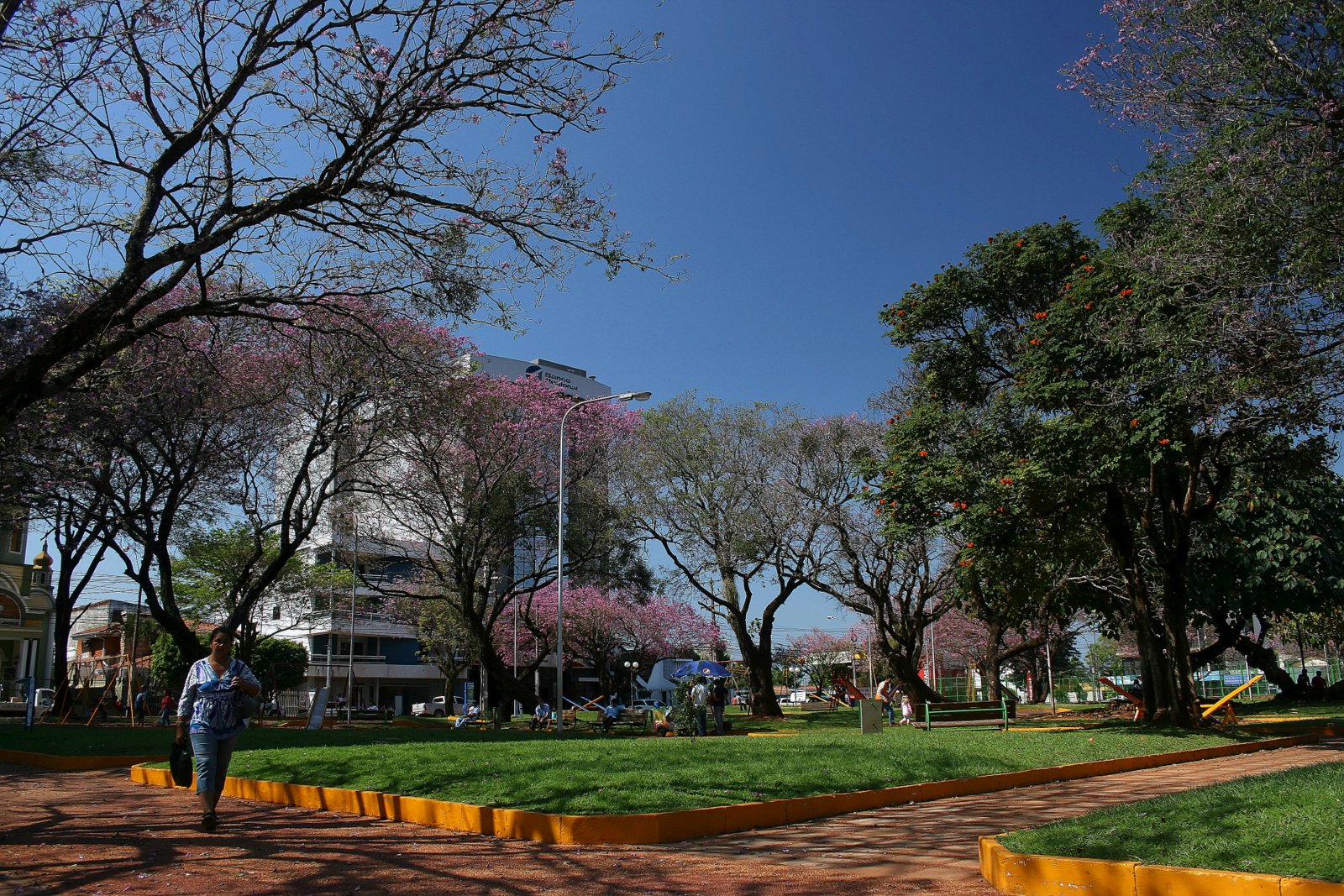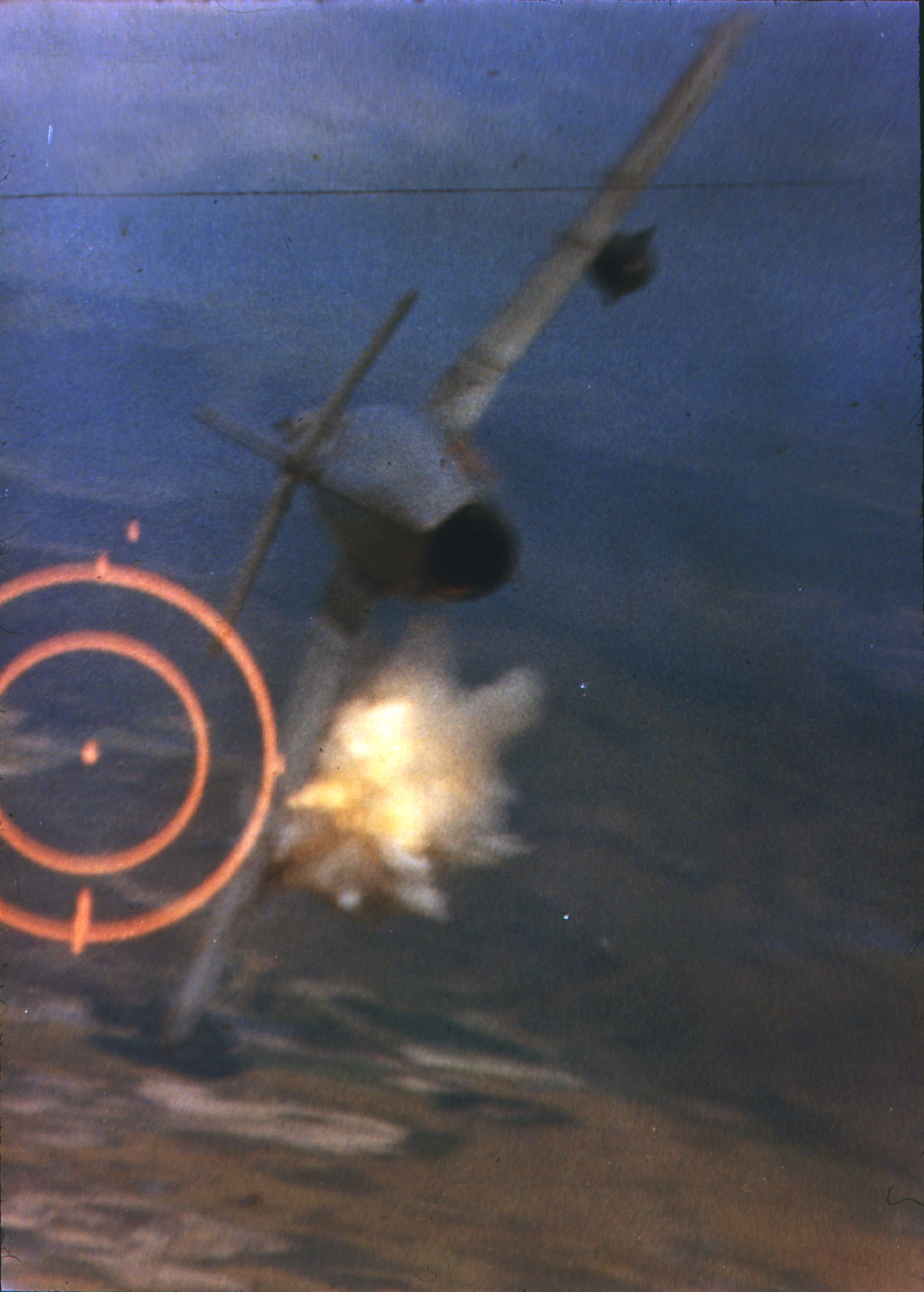|
Paraguayan Civil War (1922)
The Paraguayan Civil War (1922), took place between 27 May 1922 and 10 July 1923, within the borders of Paraguay. It started when supporters of candidate Adolfo Chirife attempted to forcefully restore the implementation of presidential elections canceled by President Eusebio Ayala. Chirife represented the so-called Constitutionalist or Schaererist side ideologically supporting liberal politician Eduardo Schaerer, while troops under Ayala were named Loyalists or Gondrists ideologically pledging allegiance to former President Manuel Gondra. The conflict concluded when Gondrist forces defeated the remnants of the Schaererist army in Asunción. Background In the aftermath of the 1904 revolution, the Paraguayan liberal movement entered a period of instability and factional fighting. Between 1904 and 1922, 15 Paraguayan presidents assumed office. The coups of 1908 and 1910 cemented the division of Paraguayan liberals into the "radicales" and "civicos" factions. A further split of the r ... [...More Info...] [...Related Items...] OR: [Wikipedia] [Google] [Baidu] |
Paraguay
Paraguay (; ), officially the Republic of Paraguay ( es, República del Paraguay, links=no; gn, Tavakuairetã Paraguái, links=si), is a landlocked country in South America. It is bordered by Argentina to the south and southwest, Brazil to the east and northeast, and Bolivia to the northwest. It has a population of seven million, nearly three million of whom live in the capital and largest city of Asunción, and its surrounding metro. Although one of only two landlocked countries in South America (Bolivia is the other), Paraguay has ports on the Paraguay and Paraná rivers that give exit to the Atlantic Ocean, through the Paraná-Paraguay Waterway. Spanish conquistadores arrived in 1524, and in 1537, they established the city of Asunción, the first capital of the Governorate of the Río de la Plata. During the 17th century, Paraguay was the center of Jesuit missions, where the native Guaraní people were converted to Christianity and introduced to European culture. ... [...More Info...] [...Related Items...] OR: [Wikipedia] [Google] [Baidu] |
Salitre Cué
{{disambig ...
Salitre is Spanish for ''saltpeter'' and may refer to: Geography * Salitre (Costa Rica), an indigenous territory of Costa Rica * Salitre, Ceará, a municipality of Ceara, Brazil * El Salitre, town in Hidalgo, Mexico * El Salitre (wetland), a wetland in Bogotá, Colombia * Salitre Canton, Guayas Province, Ecuador * Salitre River, a river in Bahía State, Brazil * Salitre River, Bogotá, river on the Bogotá savanna in Colombia Other uses * One of the joint South America air forces maneuvers * Teatro do Salitre, theatre in Lisbon, Portugal between 1782 and 1858 See also * * Saltpeter (other) Saltpeter (or saltpetre) is the mineral form of potassium nitrate (KNO3), a compound It may also sometimes refer to: * Sodium nitrate (NaNO3), a compound ** Chile saltpeter or nitratine, the mineral form * Norwegian saltpeter or calcium nitrat ... [...More Info...] [...Related Items...] OR: [Wikipedia] [Google] [Baidu] |
Carapeguá
Carapeguá (, ''Guaraní: Karapegua'') is a city and ''district'' of the Paraguarí Department, Paraguay, located 84 km from Asunción. It was founded in 1725. Settled by the Caañabé river and over the Route 1 "Mariscal Francisco Solano López", the Carapeguá district is located near the legendary Ypoá lake. It is also known as the "Caañabé's Pearl". Area This district has an area of 435 square kilometers, populated by approximately 32,939 inhabitants and with a population density of 75,72 inhabitants per square kilometer. Economy Carapeguá is known as the capital of the ''poyvi'' (the Guaraní word for "thread") because of its fine artisan production in objects made of threads like blankets, ponchos, sheets, hammocks and others. They are made with a technique popularly called "poyvi" in which old looms are used. The inhabitants are dedicated to agricultural and cattle activities, and also to the cultivation of sugar-cane. In cattle production, they stock-breed co ... [...More Info...] [...Related Items...] OR: [Wikipedia] [Google] [Baidu] |
Carayaó
Carayaó is a town in the Caaguazú department of Paraguay Paraguay (; ), officially the Republic of Paraguay ( es, República del Paraguay, links=no; gn, Tavakuairetã Paraguái, links=si), is a landlocked country in South America. It is bordered by Argentina to the south and southwest, Brazil to th .... Sources World Gazeteer: Paraguay– World-Gazetteer.com {{DEFAULTSORT:Carayao Populated places in the Caaguazú Department ... [...More Info...] [...Related Items...] OR: [Wikipedia] [Google] [Baidu] |
Yhú
Yhú is a district in the Caaguazú department of Paraguay. The name is derived from a Guaraní Guarani, Guaraní or Guarany may refer to Ethnography * Guaraní people, an indigenous people from South America's interior (Brazil, Argentina, Paraguay and Bolivia) * Guaraní language, or Paraguayan Guarani, an official language of Paraguay * ... word for "black water." Sources World Gazeteer: Paraguay– World-Gazetteer.com {{DEFAULTSORT:Yhu Populated places in the Caaguazú Department ... [...More Info...] [...Related Items...] OR: [Wikipedia] [Google] [Baidu] |
Piribebuy
Piribebuy (in Guaraní, ''Pirĩvevúi'') is a town and district in the Cordillera Department of Paraguay. It is of spontaneous origin, though some attribute its founding to Martin Ledesma de Valderrama in 1636. Since its founding documents were burned during the Paraguayan War, March 8, 1636, was later appointed as its Day of Establishment. Piribebuy is known for its Church "Dulce Nombre de Jesus", also known as "Ñandejará Guasu," and also has a small history museum dedicated to memorabilia from the War of Triple Alliance, explaining Piribebuy's large role in the war, as well as memorabilia from the Chaco War and Colonial Times. History Formally known as ''Capilla Guasú'', Piribebuy does not have a known foundation date, due to its possible spontaneous origin, and because the official documentation was destroyed in grand battle of August 12, 1869. In early times used as a mail-post and spot to rest the horses, The Franciscan Gaspar de Medina constructed, in 1744, a church d ... [...More Info...] [...Related Items...] OR: [Wikipedia] [Google] [Baidu] |
Carmen Del Paraná
Carmen del Paraná is a town in the Itapúa Department of Paraguay Paraguay (; ), officially the Republic of Paraguay ( es, República del Paraguay, links=no; gn, Tavakuairetã Paraguái, links=si), is a landlocked country in South America. It is bordered by Argentina to the south and southwest, Brazil to th .... Sources World Gazeteer: Paraguay– World-Gazetteer.com {{DEFAULTSORT:Carmen del Parana Districts of Itapúa Department ... [...More Info...] [...Related Items...] OR: [Wikipedia] [Google] [Baidu] |
Encarnación, Paraguay
Encarnación () is a district and the capital city of Itapúa Department in Paraguay, located at the south-east of the department, on the right-hand (western) shore of the Paraná River, opposite Posadas, Argentina. The city has an area of 274 km2 and a population of 93,497 (2002 Census), and the Greater Encarnacion area has a population of over 220,000 according to a 2020 estimate. Encarnación is the third-largest city of Paraguay. The city was originally named ''Nuestra Señora de la Anunciación de Itapúa'', and is considered the capital of summer by most of its inhabitants. Encarnación is connected to the Argentine city of Posadas by the San Roque González de Santa Cruz Bridge and the International Train. The city is located on Route 1, some 370 km (225 miles) from Asunción, and located on Route 6, some 280 km (175 miles) from Ciudad del Este. Due to its proximity, many Argentines travel to the city. The city is an important financing centre of Pa ... [...More Info...] [...Related Items...] OR: [Wikipedia] [Google] [Baidu] |
Isla Alta
Isla or ISLA may refer to: Organizations * International Securities Lending Association, a trade association * International School of Los Angeles * International Bilingual School, later named International School of Los Angeles People * Isla (given name) * Víctor Isla, Peruvian politician and a Congressman representing Loreto for the 2006–2011 term * Mauricio Isla, Chilean football player * Isla Fisher, actress and author Music * ''Isla'' (Portico Quartet album), a 2009 album by Portico Quartet Places *Isla, Queensland, a locality in the Shire of Banana, Australia * Mt. Izla, location of ancient Christian monasteries, on the border between Turkey and Syria * Isla (Cantabria), a village in the Spanish region of Cantabria * River Isla, Perthshire, a tributary of the River Tay in Perthshire, Scotland; flows through Glen Isla and Strathmore * River Isla, Moray a tributary of the River Deveron in North-East Scotland; flows through Keith in Banffshire * Senglea, Isla (Senglea) ... [...More Info...] [...Related Items...] OR: [Wikipedia] [Google] [Baidu] |
Dogfight
A dogfight, or dog fight, is an aerial battle between fighter aircraft conducted at close range. Dogfighting first occurred in Mexico in 1913, shortly after the invention of the airplane. Until at least 1992, it was a component in every major war, though with steadily declining frequency. Since then, longer-range weapons have made dogfighting largely obsolete. Modern terminology for air-to-air combat is air combat maneuvering (ACM), which refers to tactical situations requiring the use of individual basic fighter maneuvers (BFM) to attack or evade one or more opponents. This differs from aerial warfare, which deals with the strategy involved in planning and executing various missions. Etymology The term ''dogfight'' has been used for centuries to describe a melee: a fierce, fast-paced close quarters battle between two or more opponents. The term gained popularity during World War II, although its origin in air combat can be traced to the latter years of World War I. One of ... [...More Info...] [...Related Items...] OR: [Wikipedia] [Google] [Baidu] |
Ansaldo SVA
The Ansaldo SVA (named for Savoia-Verduzio- Ansaldo) was a family of Italian reconnaissance biplane aircraft of World War I and the decade after. Originally conceived as a fighter, the SVA was found inadequate for that role. Nevertheless, its impressive speed, range and operational ceiling, with its top speed making it one of the fastest of all Allied combat aircraft in World War I, gave it the right properties to be an excellent reconnaissance aircraft and even light bomber. Production of the aircraft continued well after the war, the final examples were delivered during 1918. The SVA was a conventionally laid-out unequal-span biplane - however, it was unusual in featuring Warren Truss-style struts joining its two wings, and therefore having no transverse (spanwise) bracing wires. The plywood-skinned fuselage had the typical Ansaldo triangular rear cross-section behind the cockpit, transitioning to a rectangular cross section going forwards through the rear cockpit area, with ... [...More Info...] [...Related Items...] OR: [Wikipedia] [Google] [Baidu] |


